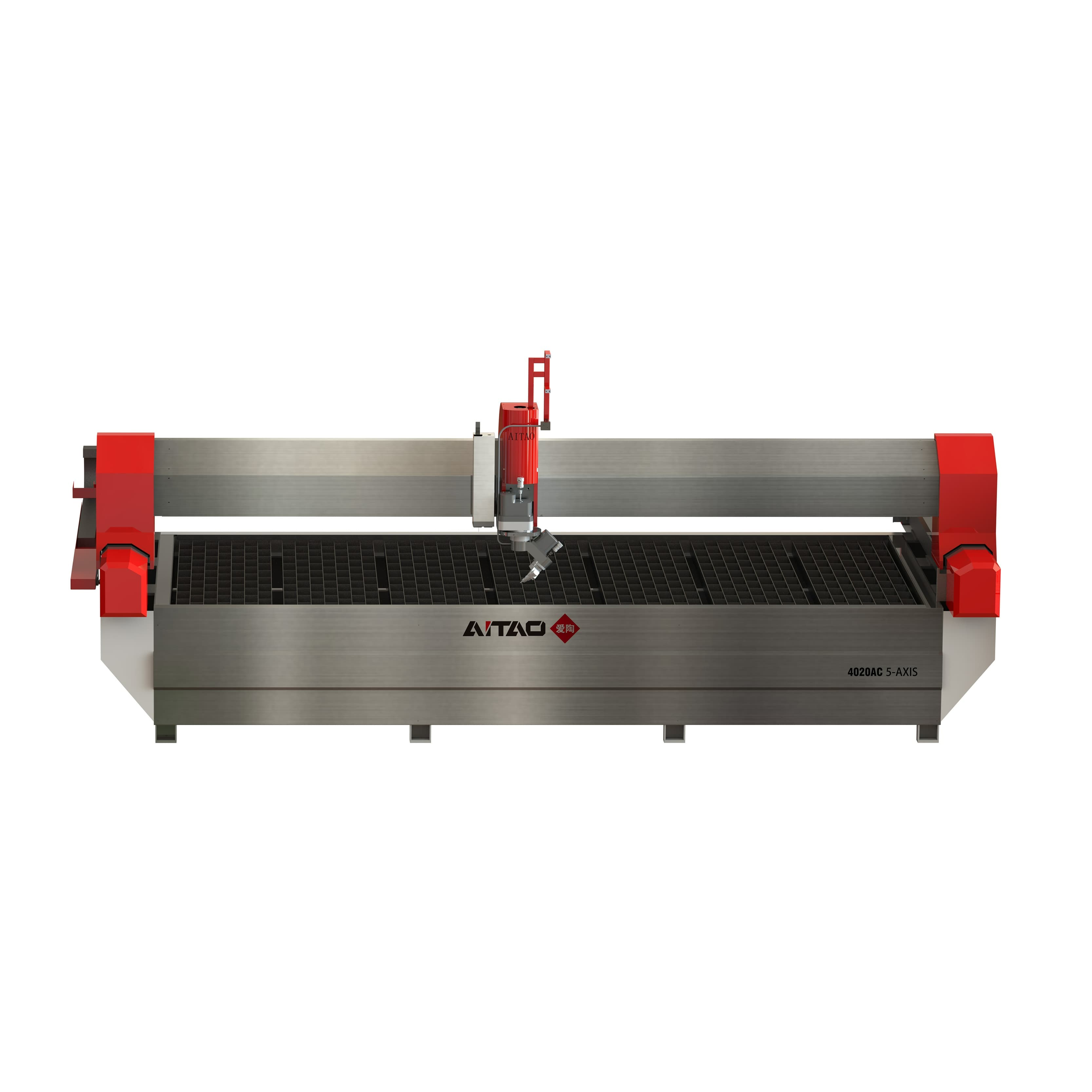
Things To Consider Before Buying A Waterjet Machine
Waterjet cutting is a versatile and highly precise method of cutting various materials, from metals and composites to stone and glass. It cuts through materials with exceptional accuracy using a high-pressure spray of water or a combination of water and abrasive materials. There are some important considerations to consider when purchasing waterjet equipment. This article will guide you through the essential considerations to help you make an informed decision. Application And Material Compatibility The materials

Some Waterjet Cutting Safety Tips For New Users
Waterjet cutting is a versatile and efficient technology that is widely used in various industries for precision cutting and shaping of materials. While waterjet cutting is a wonderful tool for making detailed patterns, it also poses considerable safety risks, particularly for inexperienced users. Understanding and adopting safety precautions is critical for avoiding accidents and injuries. In this article, we will discuss some essential waterjet-cutting safety tips for new users. Training, Education, and Awarenes

Can A Waterjet Cut Diamond?
Often hailed as the hardest natural substance on Earth, diamonds are the epitome of strength, beauty, and resilience. It's a common belief that nothing can scratch, let alone cut, a diamond—except another diamond. But does that hold true against the force of high-pressure water? With advancements in technology, the question arises: Can waterjet cutting technology, known for slicing through metal and stone, challenge a diamond's invincibility? This article delves into whether a waterjet can indeed cut

Common Uses For Waterjet Cutting
Waterjet cutting, a technology renowned for its precision and versatility, serves as a cornerstone in modern manufacturing and design. By harnessing the power of a high-pressure water stream, often mixed with abrasive particles, this method can slice through a multitude of materials with remarkable accuracy and minimal thermal impact. The adaptability of waterjet cutting makes it invaluable across various sectors, including aerospace, automotive, art, architecture, and beyond. This article delves into the widesprea

Benefits Of Using A 5-Axis Waterjet Cutting Machine
In the cutting-edge realm of fabrication and manufacturing, the 5-axis waterjet cutting machine stands as a pinnacle of innovation, merging high-pressure waterjet technology with advanced 5-axis controls to deliver unmatched precision and versatility. This article delves into the myriad of advantages of waterjet cutting, highlighting why the 5-axis waterjet machine is an indispensable tool in modern production environments. Precision and Complexity in Waterjet Cutting The 5-axis waterjet cutting machine redefines

CNC Cutting And Laser Cutting: What Is The Difference?
CNC (Computer Numerical Control) cutting and laser cutting are two common precision cutting and fabrication processes that have transformed sectors such as manufacturing, aerospace, automotive, and many others. While both methods are used to create precise and intricate cuts in a wide range of materials, they employ distinct techniques and technologies. In this article, we will delve into the key differences between CNC cutting and laser cutting. Cutting Mechanism CNC Cutting: CNC cutting encompasses a wide array

What Is A Bridge Cutting Machine?
In the world of manufacturing and construction, precision and efficiency are paramount. One technological marvel that has revolutionized the way stone and other hard materials are cut is the Bridge Cutting Machine. This complex piece of machinery has found a home in a variety of sectors, ranging from construction to monument manufacture, and has substantially improved the precision and speed of cutting operations. In this article, we will delve into what a Bridge Cutting Machine is. What Is A Bridge Cutting Machin

Abrasive Vs Pure Waterjet Cutting: Which Are The Differences?
Waterjet cutting has grown in favor in the precision cutting and machining industries because to its versatility, accuracy, and efficiency. It is widely employed in a variety of industries, including aerospace and automotive, as well as medicine and the arts. One of the key decisions you'll need to make when using waterjet cutting is whether to opt for abrasive waterjet cutting or pure waterjet cutting. Each method has its own strengths and applications, making the choice crucial for achieving the desired resul

Waterjet Cutting Vs Laser Cutting: Which Is Better?
In the competitive landscape of modern manufacturing and fabrication, two cutting-edge technologies stand out for their precision and versatility: waterjet cutting and laser cutting. As industry professionals and hobbyists alike seek the most efficient and effective methods for material processing, the debate between waterjet vs laser and laser cutting vs water jet gains prominence. This comprehensive guide aims to explore the nuances of CNC machine vs water jet cutting and waterjet cutting vs laser cutting technol





